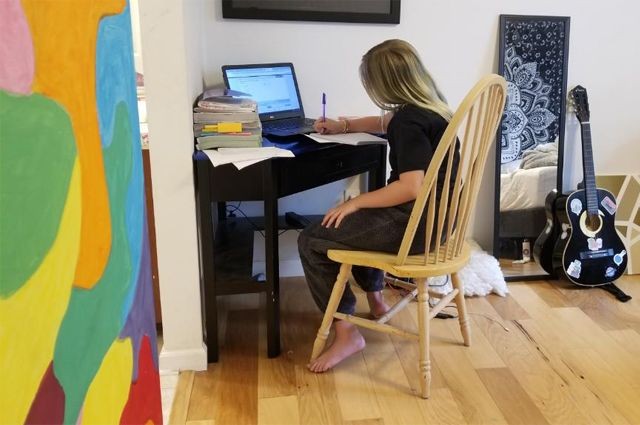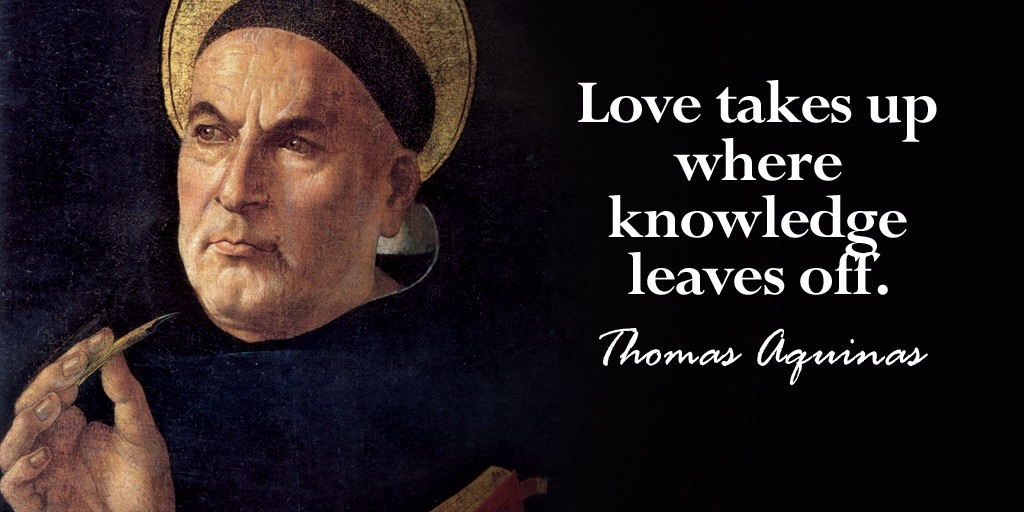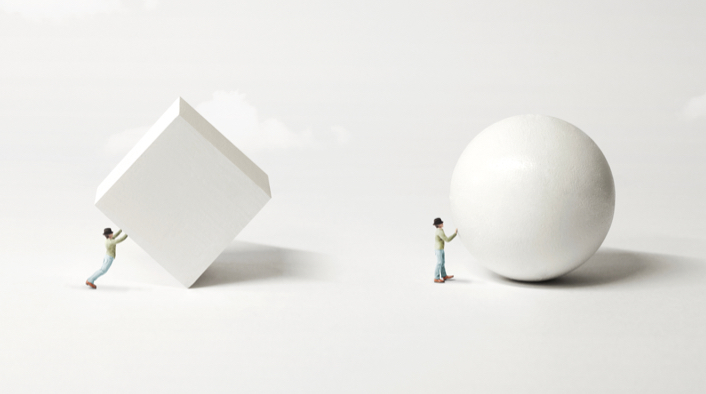
Upstream: How to Solve Problems Before They Happen by Dan Heath deals with the notion of preventing problems before they happen rather than being stuck with constantly fixing things after they break. He discusses barriers to Upstream thinking and offers questions Upstream leaders need to address. Whether you are a leader in your organization or just an ordinary individual trying to reduce stress and live a happier life, this book is a must.
1. Moving Upstream
- The book starts with a parable about two men rescuing drowning children who one after another come past them in a river. When one man stops the effort to head Upstream his friend asks what he is doing. The man says that he is going Upstream to tackle the man who is throwing the kids into the river. The key point is that Upstream efforts are aimed at preventing problems while Downstream efforts react to problems once they’ve occurred.
- An example is Expedia’s 58% call support rate. When they looked at the problem they found that none of their teams were judged on this number. Once they looked at the reasons for the calls it was easy to lower the rate to 15%. Another example compares one police officer who stands on the corner causing people to slow down and preventing accidents to another who hides and gives out tickets. Dan sees health care as one area where the US needs to shift to more Upstream efforts as other developed countries have done. The general goal in this book, therefore, is that we should all shift more of our energies Upstream.
Section 1 – The Three Barriers to Upstream Thinking
2. Problem Blindness
- Problem blindness happens when we believe that negative outcomes are natural and unavoidable. A successful example of fighting this problem happened in the Chicago Public Schools where the graduation rate in 1998 was 53%. They found that the key to graduation was a successful freshman year and a program to attack this problem was put in place. It involved teachers getting to know individual students better, giving more support, and collaborating with each other to help students in need. By 2018 the graduation rate had risen to 78%.
- Sometimes we miss problems because we focus on one thing and miss a problem in our peripheral vision. In the 1960s and 1970s, sexual harassment had been normalized in the workplace to the extent that women were encouraged to embrace it. In 1975 a journalist coined the term sexual harassment. Now that the problem had a name demanding a solution was an implied obligation.
- Another example relates to the extensive use of C-sections for child delivery in Brazil. They increased as they were convenient since they could be scheduled and they resulted in more money for the doctors. They also resulted in more babies ending up in intensive care as they were born sooner than necessary. Thanks to one woman and one doctor who saw the problem and took action, the C-section percentage is now coming way down.
3. A Lack of Ownership
- An example of this issue goes back to the Chicago Public Schools with its dismal graduation rate. It got that way because the adults saw it as the kids’ problem. It was greatly improved when the adults decided to make it their problem. There is a story here about a man who owned a carpet business. When he read about our environmental problems he decided to see what he could do. He motivated everyone in the company to look for ways to do things like recycling old carpets. When a doctor in Tennessee found out that more kids died inside cars than outside cars he went to work in 1976 on legislation requiring car seats for kids. By 1985 all 50 states had car seat laws. In short, upstream work is generally chosen rather than demanded. If you find yourself saying “it’s not my problem,” you are likely living downstream.
4. Tunneling
- When you are reacting to problems it can be like you are in a tunnel just digging forward. You don’t have time to step back and take a system-wide look at why the problem exists. Such time would be slack time and it is smart to build slack time for system thinking into your schedule. Poverty tends to cause more tunneling as it reduces bandwidth and causes stress. People who aren’t poor can solve some of their problems with money, which leaves more resources for the problems that money can’t solve. Dan gives examples of situations where tunneling gets in the way of upstream problem-solving.









 @tim_fargo
@tim_fargo



